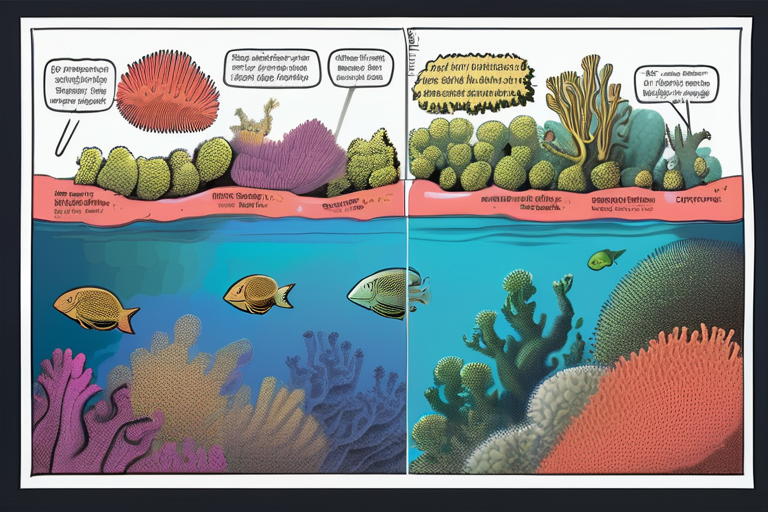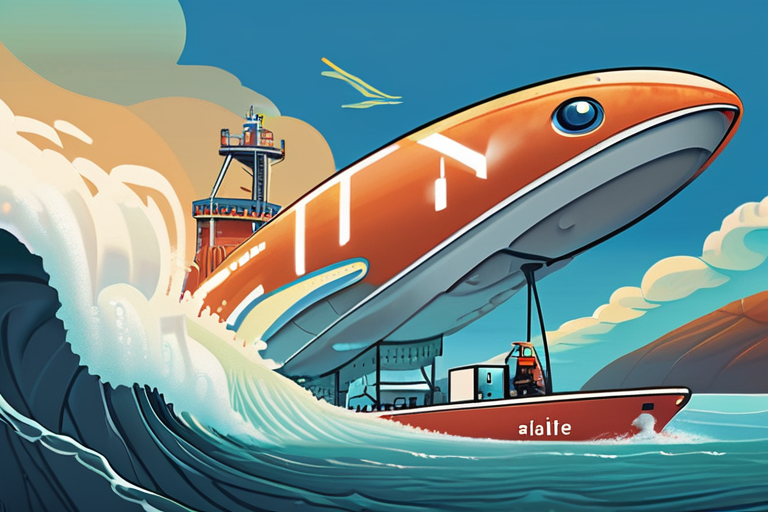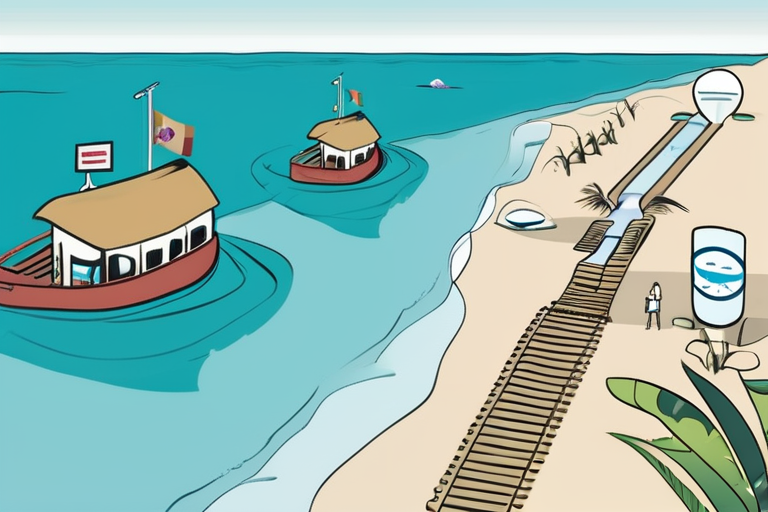As coastal megacities grapple with the challenges of subsidence and rising sea levels, researchers are turning to inland locations for collaboration and innovation. A recent study estimated that in 2018, around 2 billion people lived within 50 kilometers of a coast, with half of the world's population settled within just 10 kilometers. This trend is expected to continue, with coastal zones growing faster than inland areas between 2000 and 2018, adding 460 million people to the coast, equivalent to 46 new megacities of 10 million residents each.
The financial implications of this trend are significant. A 2024 study published in the journal Science Reports estimated that the cost of adapting to sea-level rise and subsidence in coastal cities could reach as high as $1 trillion by 2050. In contrast, investing in research and development in inland locations could provide a more cost-effective solution to these challenges.
One notable example of this trend is the Indonesian government's plan to move its capital from Jakarta, one of the world's fastest-sinking cities, to a new city, Nusantara, on the island of Borneo by 2045. This move is expected to cost around $51 billion and will involve the relocation of over 1 million people.
The market context for this trend is complex and multifaceted. On one hand, the growing demand for research and development in coastal cities has driven the growth of the global research and development market, which is expected to reach $1.7 trillion by 2025. On the other hand, the increasing costs associated with subsidence and sea-level rise are expected to drive up the costs of doing business in coastal cities, making inland locations more attractive to companies looking to invest in research and development.
The company and industry background for this trend is also significant. Many of the world's leading research and development companies, including those in the fields of climate change, sustainable infrastructure, and disaster resilience, are already operating in inland locations. These companies are well-positioned to take advantage of the growing demand for research and development in coastal cities and to provide innovative solutions to the challenges associated with subsidence and sea-level rise.
Looking to the future, the trend of coastal megacities looking inland for research collaborations is expected to continue. As the costs associated with subsidence and sea-level rise continue to rise, companies and governments are likely to turn to inland locations for innovation and collaboration. This trend is expected to drive growth in the global research and development market and to provide new opportunities for companies operating in the fields of climate change, sustainable infrastructure, and disaster resilience.
In conclusion, the trend of coastal megacities looking inland for research collaborations is a significant development in the global research and development market. As the costs associated with subsidence and sea-level rise continue to rise, companies and governments are likely to turn to inland locations for innovation and collaboration. This trend is expected to drive growth in the global research and development market and to provide new opportunities for companies operating in the fields of climate change, sustainable infrastructure, and disaster resilience.



























Share & Engage Share
Share this article